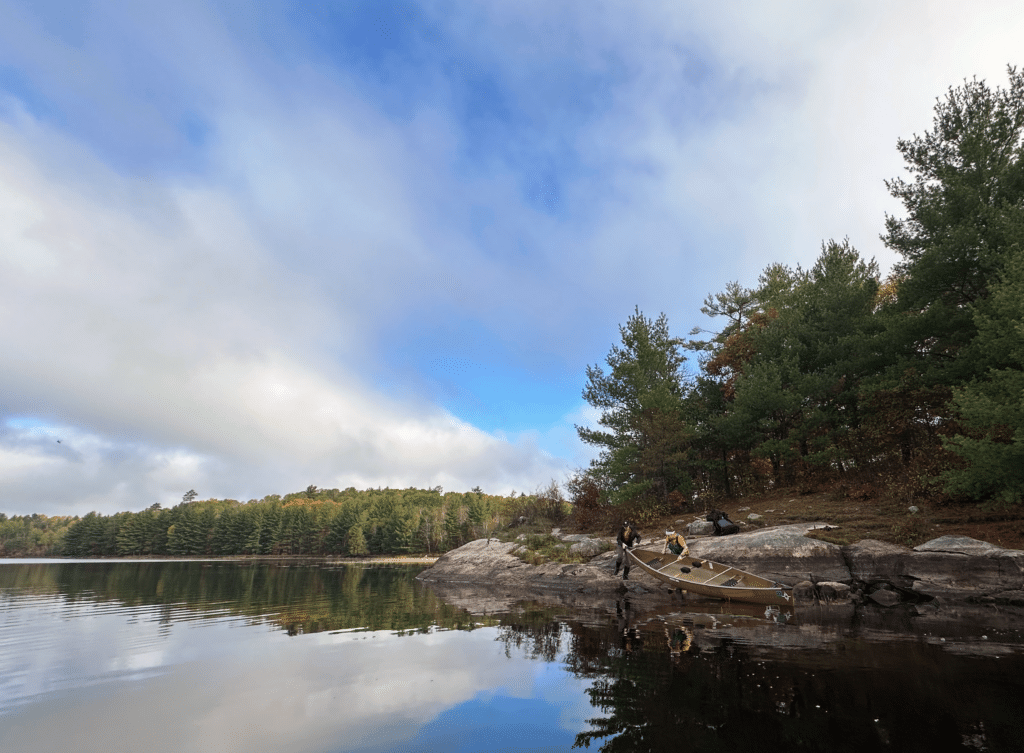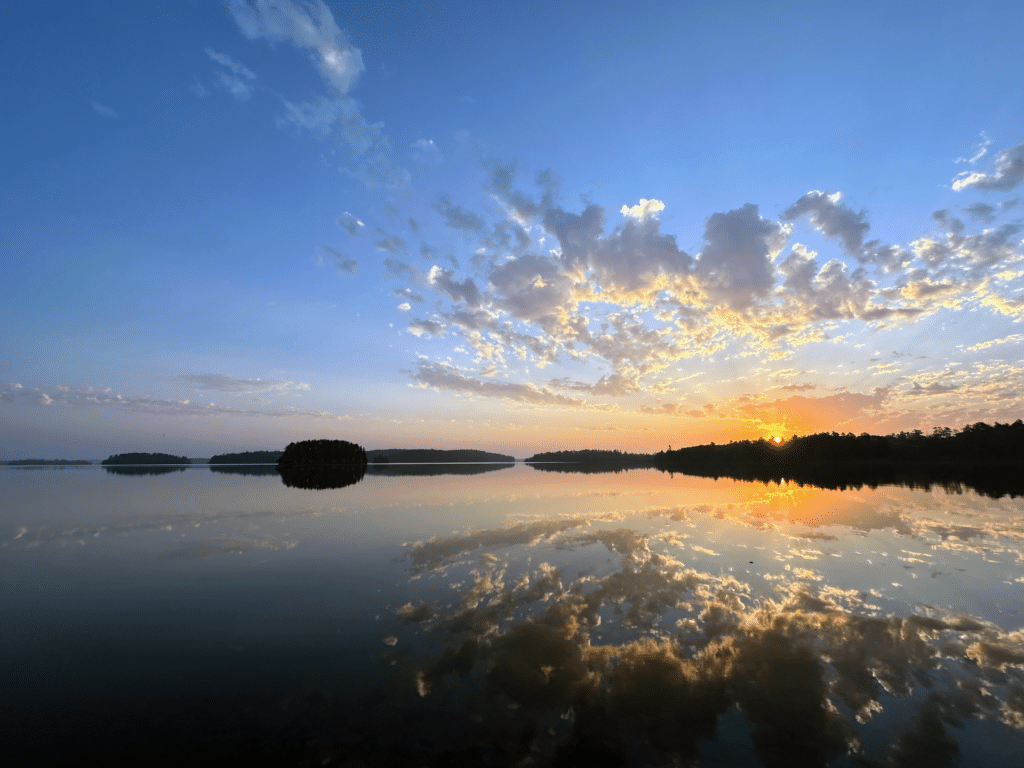
The Biden administration recently announced a goal to protect 30 percent of lands and waters throughout the United States by 2030. This includes continued protection from mining impacts near wilderness areas such as the Boundary Waters Canoe Area (BWCA). The
“The Boundary Waters Canoe Area Wilderness is a spectacular network of rivers, lakes, and forests in northeastern Minnesota that comprise the most heavily visited wilderness area in the United States. By withdrawing these lands from future mineral leasing, the Biden-Harris Administration is keeping the iconic area intact for future generations.” – The White House
Celebrating World Water Day, the administration is taking the most aggressive clean water action in history. This breaks down to over 26 million acres of lands and waters moving towards conservation protection. To accomplish this, the United States became a participant in the worldwide Freshwater Challenge and initiated the America the Beautiful program.
The America the Beautiful Challenge
Kicking off a decade-long initiative, the administration has put $1 billion in grants towards federal conservation and restoration investments. The America the Beautiful Challenge collaborative efforts will stem from public and private sectors that are locally led. Principals driving the effort consist of conserving America’s lands and waters for the benefit of everyone while staying mindful of the stewardship of private landowners and Tribal sovereignty. Conservation efforts will be supported by scientific research.

Freshwater Challenge
At the United Nations Climate Change Conference late last year, the United States joined the Freshwater Challenge. Joining 45 other countries, the plan includes the “largest-ever global initiative to restore degraded rivers, lakes, and wetlands, which are central to tackling the world’s intertwined water, climate, and nature crises.” The government emphasized concerns over rapid changes to the climate. Thus freshwater ecosystems, such as the BWCA are at the forefront of the newest actions taken by the administration.
Focus on the BWCA
The BWCAW has 190,000 acres of surface water, making it a significant freshwater ecosystem.
In the announcement, the Biden administration pointed out the importance of ongoing protection of the rivers and lakes that make up the BWCA. Last year the administration withdrew parts of northeastern Minnesota from mineral and geothermal leasing laws for 20 years.
“The Department of the Interior takes seriously our obligations to steward public lands and waters on behalf of all Americans. Protecting a place like Boundary Waters is key to supporting the health of the watershed and its surrounding wildlife, upholding our Tribal trust and treaty responsibilities, and boosting the local recreation economy,” said Secretary of the Interior Deb Haaland. The withdrawal includes approximately 225,504 acres in the Superior National Forest.
While the value of the wilderness is hard to fully quantify, more than 150,000 visitors from all over the world visit the 1.1 million acre BWCA. Part of the National Wilderness Preservation System, it contributes nearly $18 million annually to recreation and tourism in the region.
More info:
- FACT SHEET: On World Water Day, Biden-Harris Administration Builds on Historic Progress to Protect Clean Drinking Water, Restore Our Nation’s Rivers, Lakes, Ponds, and Wetlands – The White House
- Mining Projects near the Boundary Waters – Quetico Superior News
- National Wilderness Preservation System
- Biden-Harris Administration Protects Boundary Waters Area Watershed

Wilderness guide and outdoorswoman Pam Wright has been exploring wild places since her youth. Remaining curious, she has navigated remote lakes in Canada by canoe, backpacked some of the highest mountains in the Sierra Nevada, and completed a thru-hike of the Superior Hiking Trail. Her professional roles include working as a wilderness guide in northern Minnesota and providing online education for outdoor enthusiasts.

